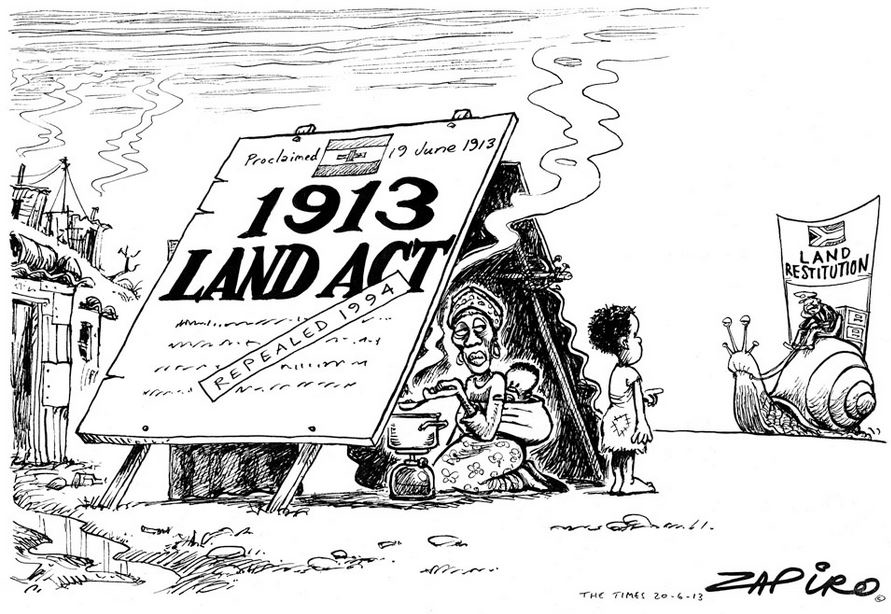Racial segregation and white supremacy had become central aspects of South African policy long before apartheid began. The controversial 1913 Land Act, passed three years after South Africa gained its independence, marked the beginning of territorial segregation by forcing black Africans to live in reserves and making it illegal for them to work as sharecroppers. Opponents of the Land Act formed the South African National Native Congress, which would become the African National Congress (ANC).
Did You Know?
ANC leader Nelson Mandela, released from prison in February 1990, worked closely with President F.W. de Klerk's government to draw up a new constitution for South Africa. After both sides made concessions, they reached agreement in 1993, and would share the Nobel Peace Prize that year for their efforts.
The Great Depression and World War II brought increasing economic woes to South Africa, and convinced the government to strengthen its policies of racial segregation. In 1948, the Afrikaner National Party won the general election under the slogan “apartheid” (literally “separateness”). Their goal was not only to separate South Africa’s white minority from its non-white majority, but also to separate non-whites from each other, and to divide black South Africans along tribal lines in order to decrease their political power.
A&E Television Networks LLC (2015). Apartheid. Geraadpleegd op 28-10-2015 van http://www.history.com/topics/apartheid
